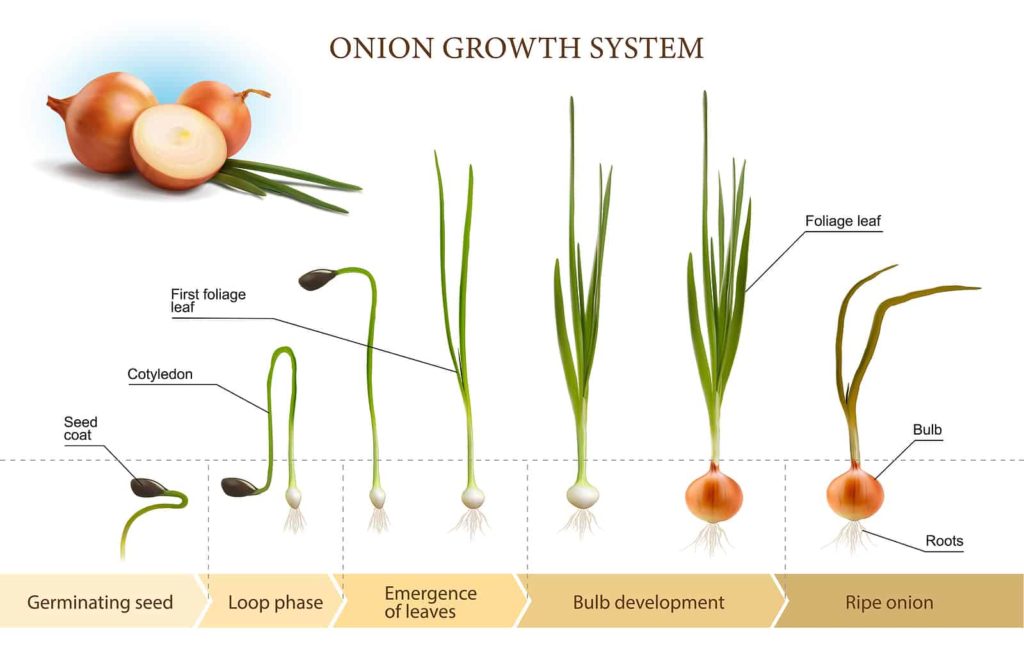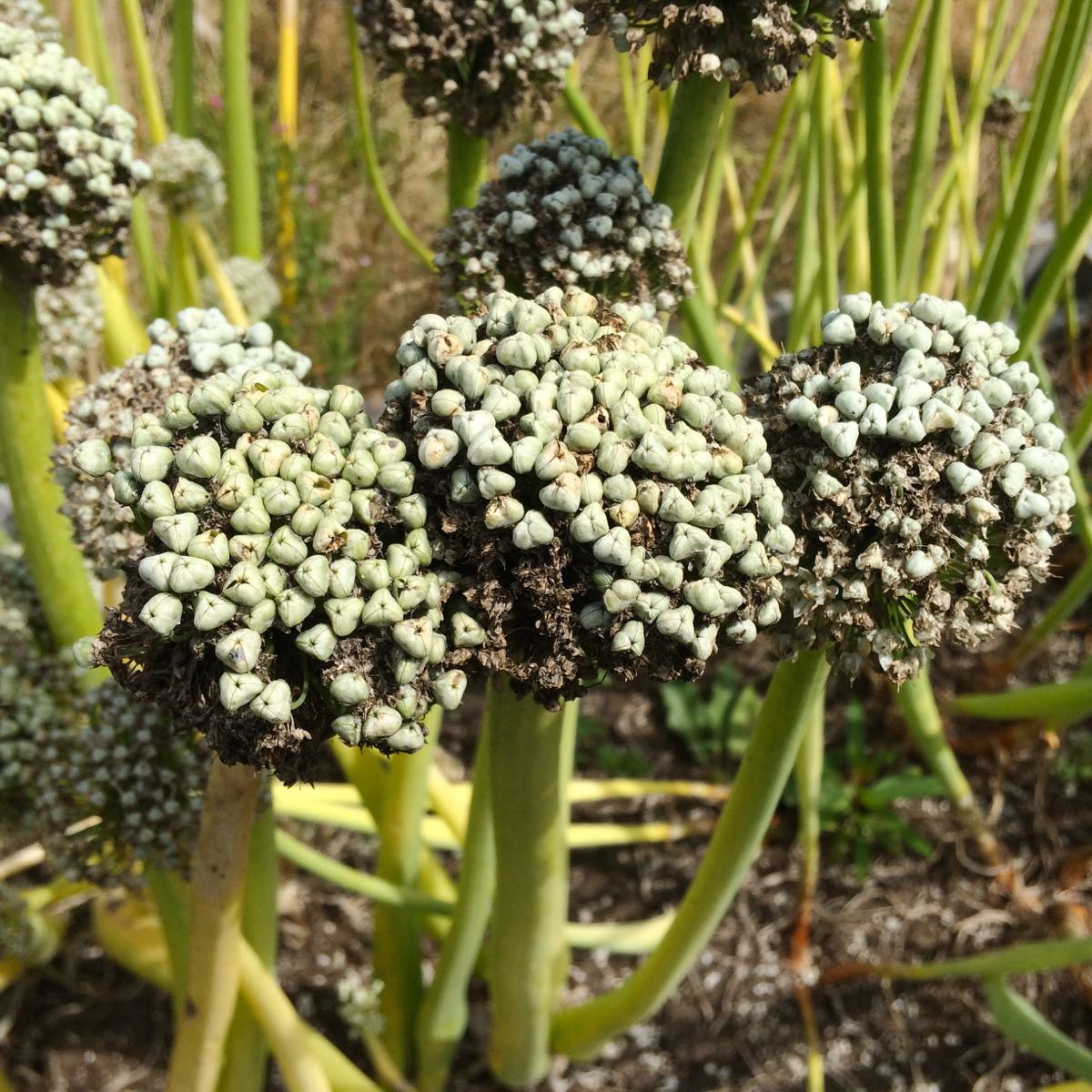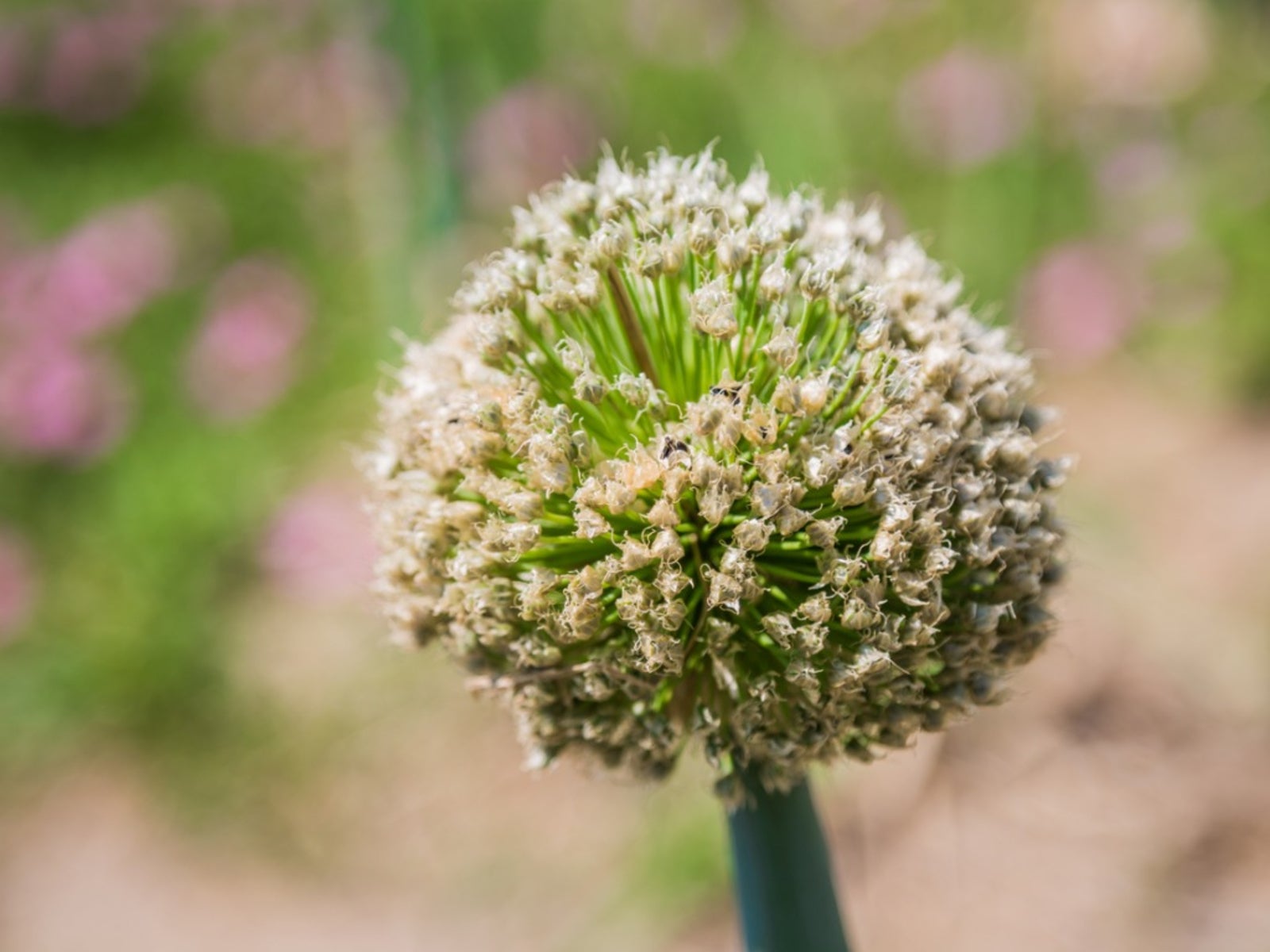Getting seeds from an onion bulb is simpler than you might think. It’s a straightforward process that any gardener can follow.
Onions are a staple in many kitchens, adding flavor to countless dishes. But did you know you can grow onions from seeds collected from your own bulbs? This not only saves money but also gives you control over your crop.
Growing onions from seeds ensures you have fresh, homegrown produce right at your fingertips. In this guide, we’ll walk you through the steps to harvest seeds from an onion bulb. You’ll learn when to harvest, how to collect seeds, and tips for storing them. Let’s get started on this rewarding gardening journey!

Credit: harvesttotable.com
Introduction To Onion Seed Harvesting
Harvesting onion seeds is a fun activity. It lets you grow your own onions. You will not need to buy seeds again. Onion seeds can be stored for next season. It is a cost-saving method. You can also share extra seeds with friends.
Growing onions from seeds is better than using sets. Seeds offer more variety. Plants from seeds are stronger and healthier. They adapt well to different soils. Seeds are also cheaper to buy. You will enjoy a bigger yield from seeds. Your garden will look more beautiful.

Credit: www.cultivariable.com
Selecting The Right Onion Bulbs
Choose firm and blemish-free onion bulbs. Soft or damaged bulbs won’t work. Look for bulbs with no visible mold or rot. Healthy bulbs are key to getting seeds.
Some onion varieties are better for seed production. Yellow Sweet Spanish and Red Creole are good choices. These varieties yield more seeds. Select bulbs suited to your climate. This helps ensure success.
Preparing Onion Bulbs For Seed Production
Store onion bulbs in a cool, dry place. Ideal temperature is between 32-40°F (0-4°C). Make sure the area is well-ventilated. Avoid direct sunlight and moisture. Use mesh bags or crates for storage. This helps air circulation. Check bulbs regularly for any signs of spoilage. Remove any damaged bulbs immediately. Proper storage ensures healthy bulbs for planting.
Plant bulbs in early spring. Choose a sunny spot with well-drained soil. Space bulbs about 6 inches apart. Water the soil lightly after planting. Watch for sprouts in a few weeks. Thin the sprouts if they are too close. Weed the area regularly to keep the soil clean. Fertilize as needed to boost growth.

Credit: kellogggarden.com
Planting Onion Bulbs
Plant onion bulbs in early spring. The soil should be workable. Ensure that the threat of frost has passed. Planting too early can harm the bulbs. Timing is key for healthy growth.
Onions need well-drained soil. Avoid waterlogged areas. The soil should be rich in organic matter. Adding compost can help. Choose a sunny spot. Onions need full sun to grow well. Partial shade can slow growth.
Caring For Onion Plants
Onion plants need regular water. Keep the soil moist but not soggy. Overwatering can harm the plants. Fertilize with a balanced fertilizer. Apply it every few weeks. This helps the onions grow strong and healthy. Avoid using too much fertilizer. It can burn the plants and damage them.
Onion plants can get pests and diseases. Watch out for aphids and thrips. These pests can harm your plants. Use a mild insecticidal soap. Spray it on the plants to keep pests away. Also, check for signs of diseases. Look for spots or yellowing leaves. Remove infected plants quickly. This stops the spread of disease.
Encouraging Flowering
Harvest onion seeds by allowing the onion plant to flower. Once the flowers dry, collect the seeds. Store them in a cool, dry place.
Signs Of Flower Development
Onion bulbs first show small green shoots. These shoots grow taller each day. Soon, you see tiny buds at the top. These buds are important. They will turn into flowers. Buds begin to swell and change color. This is a good sign. It means flowers are coming.
Promoting Flower Growth
Onion bulbs need sunlight. Place them in a sunny spot. Water them regularly. But do not overwater. Soil should be moist, not soaked. Fertilize the soil. Use a balanced fertilizer. This helps the bulbs grow strong. Warm weather helps too. Onions like it warm. Keep them away from cold drafts. This will help flowers bloom faster.
Harvesting Onion Seeds
Onions produce seeds in their second year. The best time to harvest is when the flower heads dry. The seeds should turn black. You need to wait for this stage. If you harvest too early, the seeds might not be ready. Late harvest can cause seed loss. Timing is very important.
First, cut the flower heads with scissors. Place them in a paper bag. Shake the bag to release the seeds. Separate the seeds from the chaff. Store the seeds in a cool, dry place. Use envelopes or small jars. Label the containers with the date. This helps you remember when you collected them.
Storing And Using Onion Seeds
Keep onion seeds in a cool, dry place. Use an airtight container. Label the container with the date. Store in a dark area. Avoid exposure to moisture. Seeds can last up to two years if stored correctly.
Start seeds indoors 8-10 weeks before the last frost. Plant seeds in small pots or trays. Use well-draining soil. Keep soil moist but not wet. Seeds need light to germinate. Place under grow lights or in a sunny window. Thin seedlings to avoid crowding. Transplant outdoors once frost danger is gone. Space plants 4-6 inches apart. Water regularly to keep soil moist.
Frequently Asked Questions
How Do You Get Seeds From An Onion Bulb?
To get seeds from an onion bulb, let the onion flower. Once it matures, collect the seeds from the flower head.
When Is The Best Time To Harvest Onion Seeds?
The best time to harvest onion seeds is when the flower head turns brown. This ensures the seeds are fully mature.
How Do You Store Onion Seeds?
Store onion seeds in a cool, dry place. Use an airtight container to maintain seed viability for up to two years.
Can I Plant Onion Seeds Directly?
Yes, you can plant onion seeds directly in the soil. Ensure the soil is well-drained and the location receives full sunlight.
Conclusion
Growing onion seeds from a bulb is simple and rewarding. Start with healthy, mature bulbs. Plant them in nutrient-rich soil. Water regularly and provide sunlight. Watch for flowers and seed pods. Harvest seeds once pods dry. Store seeds in a cool, dry place.
Use these seeds for your next planting season. This method ensures a sustainable onion supply. Happy gardening!

My mission is to help you bring the beauty of nature indoors with expert advice, detailed plant care guides, and creative design ideas.





Leave a Reply